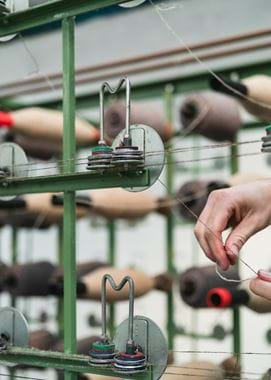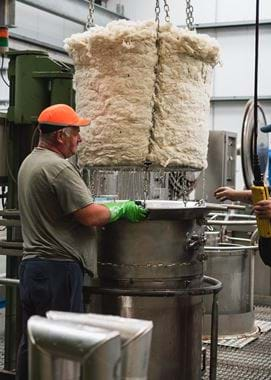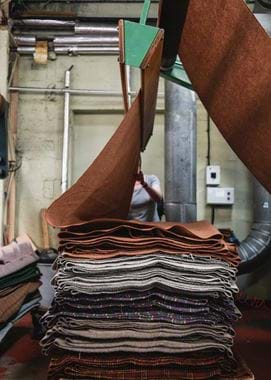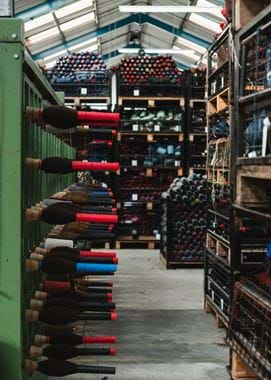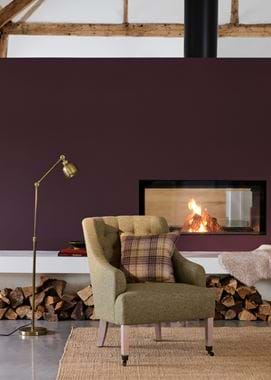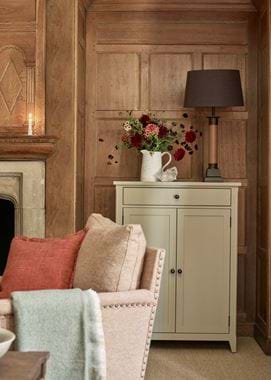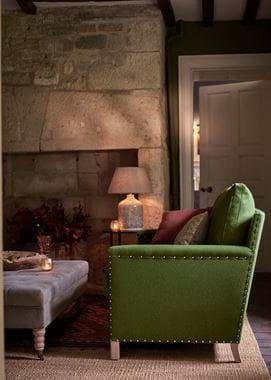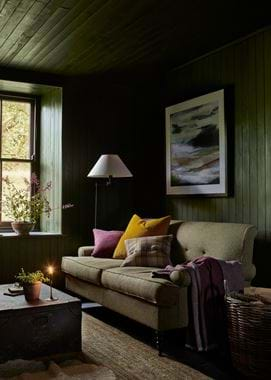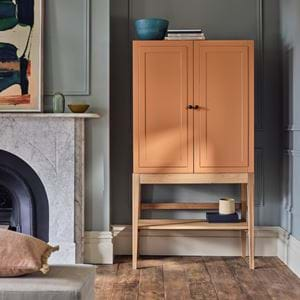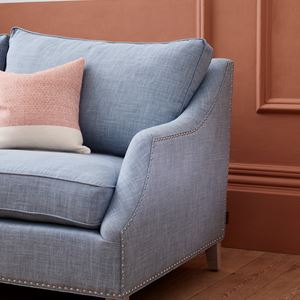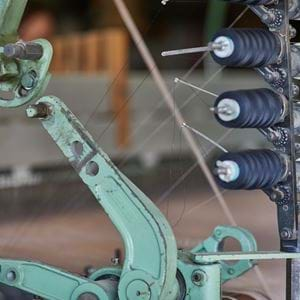A history of Harris Tweed
A history of Harris Tweed
How does a homespun woollen fabric, woven by hand in a remote croft in the Outer Hebrides, end up starring in one of the most famous film franchises of all time? It seems far-fetched, yet that’s the measure of Harris Tweed’s greatness. Prized by islanders living in Scotland’s harshest climates, this cosy salt-and-pepper cloth was also favoured by Sean Connery, who wore it as James Bond while thwarting villains in ‘Goldfinger’ and ‘Diamonds Are Forever’. We know it was Harris Tweed because this was the material of choice for Anthony Sinclair, the Savile Row tailor behind Bond’s costumes.
Bond’s passion for Harris Tweed is shared not only by outdoorsy types and fashion houses, but also by Neptune. Thanks to its robustness and ability to blend with just about any other pattern, it’s a mainstay of the fabric collection (two organic hues, Lichen and Fig Check, are new this season). It has a universal appeal that’s rooted in its remarkably unchanging craftsmanship.
For centuries, the textile was woven by Hebridean farmers for their own use, to shield them against harsh weather. Made using pure wool from local Cheviot or Scottish Blackface sheep, it was warm and waterproof. In those days, it was known as Clò-Mòr – ‘big cloth’ in Gaelic – and its quality was already so good that surplus fabric was bartered, eventually becoming a form of currency. Lengths of tweed were even used to pay farm rents. The tweed was entirely organic and homemade: virgin wool was washed in soft peat water and then coloured with dyes from foraged plants, moss and lichen before being spun and woven.
Tweed made the transition from cottage secret to global phenomenon thanks to a number of visionary Victorian women. The first was Catherine Murray, Countess of Dunmore, who one day discovered the luxurious tweeds woven by two siblings known as the Paisley Sisters. Realising that they would be ideal for the outdoor hobbies popular at the time, she commissioned jackets for her ghillies and gamekeepers. The countess’s circle included Queen Victoria and other members of the English aristocracy, so it was inevitable that tweed would become a society favourite. Its palette of earthy greens and browns, which camouflaged hunting, shooting and fishing enthusiasts in the wild, must have helped things along. From this stems the association with country living that Harris Tweed has enjoyed ever since.
The other important figure in Harris Tweed’s early history was Frances Beckett, a solicitor’s daughter who worked with the Countess of Dunmore to mobilise the crofters as an industry. Her goal was to relieve the poverty she encountered in the region, and it was she who introduced the first quality controls. At around this time, tweed acquired its modern name quite by accident. Often referred to as ‘tweel’, Scottish for twill, it was rechristened after a London merchant apparently misread the word on a label.
By the turn of the century, Harris Tweed’s mushrooming popularity had led to an influx of imitators that had little in common with the real thing. It’s the fate of many a heritage textile to be copied, but in this case, the industry fought back, putting in place regulations that still protect Harris Tweed today. The Harris Tweed Authority was formed in 1909 and devised its mark of authenticity, an orb that’s now stamped on every 50 metres of fabric.
The mass production of synthetic textiles during the 1970s prompted a decline in Harris Tweed’s fortunes, but only temporarily. Wisely, steps were taken to safeguard its unique character in 1993, when the Harris Tweed Act came into force. Stating that, by law, the material must be made from pure local wool, by hand, in the homes of weavers in the Outer Hebrides, it’s the only such legislation for a fabric in the world and ensures that standards can never be compromised.
These defences have stood Harris Tweed in good stead. In recent years, demand has surged, fuelled by a renewed appreciation for handmade, sustainable design. Given that there are only around 500 artisans in the industry, it’s impressive that they can keep pace. The odd technique has evolved – the tints of earth, stone, water and sky flecked through every weave are now created with modern dyes, not plant-based ones, for the sake of biodiversity. But mostly, things are the same as ever, with weavers using inherited treadle looms and passing down skills through generations. Will there ever be another fabric quite like it?
Amy Bradford is the former features director of ELLE Decoration. Now a freelance writer and editor, she’s a regular contributor for Neptune and also writes for titles such as The Telegraph and FT How To Spend It. Find out more about Neptune’s Harris Tweeds here.

